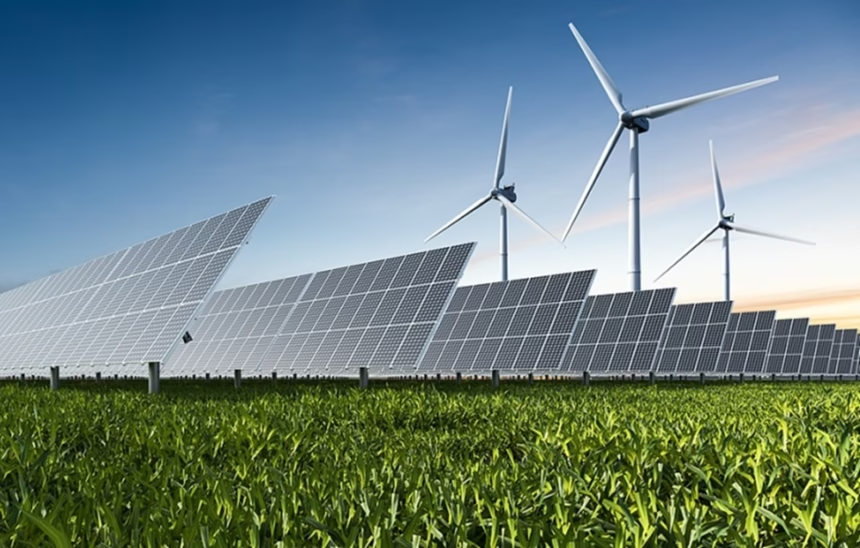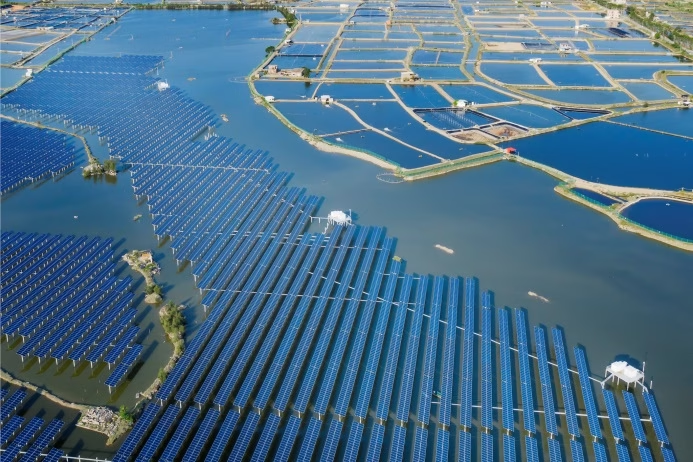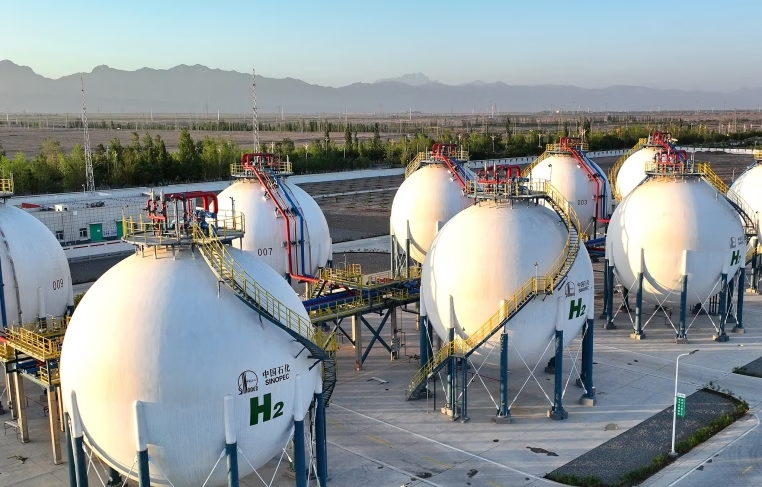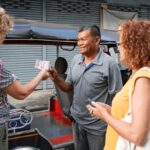For the past two decades, APEC, the Asia-Pacific Economic Cooperation forum, has been reshaping the Asia-Pacific’s approach to growth. Since the 2011 Honolulu Leaders’ Declaration, APEC has placed “green growth” at the heart of its agenda, showing progress and environmental sustainability don’t have to be at odds.
Energy: the cornerstone of APEC’s green progress and transformation
Energy lies at the very core of this transformation. As the foundation of both economic expansion and environmental protection, improving energy efficiency has become central to APEC’s collective commitments.
In 2011, APEC economies agreed to reduce energy intensity, the amount of energy used per unit of GDP, to 45% by 2035, compared with 2005 levels.
Progress has been strong. According to the APEC Energy Review 2025, the region is on track to meet the 45% target by 2032, three years ahead of schedule. Today, APEC economies account for about 56% of global energy demand and 60% of CO₂ emissions.
Despite challenges such as the post-pandemic rebound in energy use and global market disruptions, the region’s collective efforts have already avoided billions of tons of emissions and saved trillions of dollars in energy costs.
China’s carbon-cutting drive
Photovoltaic (PV) power plant off the Zhangpu coast, Fujian, China [Photo: VCG]
China’s green transition has made it a major force within APEC’s broader sustainability story. According to the State Council of China, the country’s energy consumption per unit of GDP dropped by 11.6% between 2021 and 2024, a reduction equivalent to around 1.1 billion tonnes of CO₂, or nearly half the European Union’s annual emissions.
Alongside industrial efficiency, natural ecosystems are pulling their weight too. Data from the National Forestry and Grassland Administration show that China’s stock volume has exceeded 20 billion cubic meters. These natural carbon sinks absorb about 1.2 billion tonnes of CO₂ each year, which equals around 3% of global emissions.
Building on these twin tracks of efficiency and ecosystem restoration, China is also exploring next-generation clean energy technologies to reduce its reliance on fossil fuels.
One example is green hydrogen. China has hit a major milestone in green hydrogen, launching its first large-scale project with over 10,000 tonnes of annual output. This aligns with APEC’s identification last year of green hydrogen as a potential key driver of the region’s low-carbon transition.
Storage of hydrogen in Aksu Prefecture, Xinjiang [Photo: VCG]
Since June 2023, a green hydrogen plant in Aksu Prefecture in Xinjiang has been in operation. To date, it has produced more than 14,900 tonnes of hydrogen, and the project is expected to cut about 485,000 tonnes of CO₂ emissions each year.
Together with nationwide efforts to improve energy efficiency and restore ecosystems, such advances demonstrate China’s continued progress toward a green transition and serve as a model for other APEC economies exploring renewable solutions.
Powering the region: China’s role in APEC sustainability
China’s leadership in clean energy extends far beyond its borders. From cross-border hydropower grids to innovative energy storage projects, its efforts are helping drive sustainable development across the Asia-Pacific.
China has a long history of hydropower development, generating approximately 1,226 terawatt-hours of hydroelectric power in 2023. According to International Banker, a UK-based financial and business publication, this output is roughly three times that of either Brazil or Canada individually, making China the world’s largest producer of hydropower.
Building on this leadership, China has established power grid interconnections with countries in the Lancang-Mekong region, including Vietnam, Laos, Myanmar, Thailand, and Cambodia. Around 90% of the electricity transmitted through these grids comes from renewable sources, primarily hydropower. The result: greater energy security, lower fossil fuel reliance, and a smaller carbon footprint across borders.
China’s influence also extends to regional clean energy storage. In 2022, Singapore commissioned a large-scale energy storage system on Jurong Island, constructed by Chinese companies.
Completed three years ahead of Singapore’s 2025 target of 200 megawatts of storage capacity, the project enhances grid stability and the reliability of renewable energy supply. During cloudy or rainy conditions, the system releases stored electricity to stabilize fluctuations in the grid, and its lithium iron phosphate batteries ensure a safe, environmentally friendly solution suitable for Singapore’s dense urban environment.
Green cooperation among APEC economies has proven that economic growth and sustainability don’t have to pull in opposite directions. China’s efforts in green transition, along with its support for neighbouring countries, show how one nation’s progress can drive broader regional sustainability. By combining domestic achievements with regional cooperation, these efforts pave the way for a low-carbon, resilient, and prosperous Asia-Pacific.
As APEC economies continue to collaborate on clean energy, technology, and innovation, they’re charting a better future where growth truly works with the planet, not against it.
Author: Chen Ziqi, reporter with CGTN
Related News:
The United Nations at 80 and China’s Lens on Global Cooperation
















